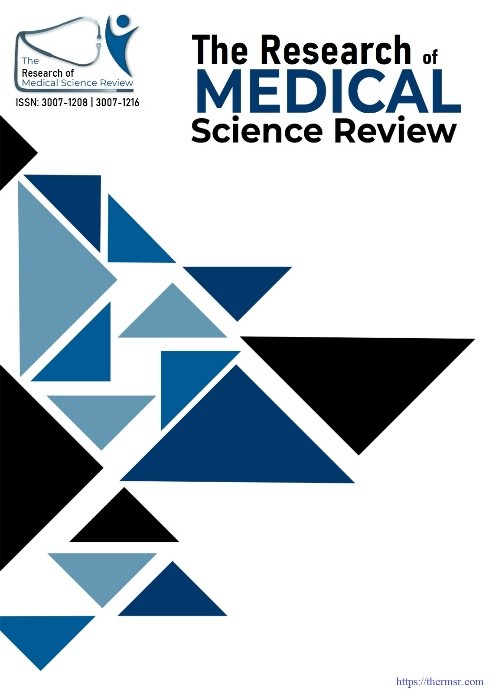EMERGING ROLES OF BIOLOLGICAL, AND MICROBIOLOGICAL TECHNIQUES AND APPLICATIONS
Main Article Content
Abstract
The development of cutting-edge tools like polymerase chain reaction (PCR), whole genome sequencing, and electron microscopy has greatly improved the efficiency of the applied zoological and basic microbiology research. The DNA microarray is a collection of tiny DNA spots organized on a solid surface; each spot represents a single target gene and is connected to the chemical matrix. Typically, endophytes penetrate the host plants by their seeds, roots, leaves, or stems. Once inside, they form colonies in various plant tissues and aid in the plant development through increased nutrient absorption, phytohormone production, and nitrogen fixation. Auxins, cytokinin, and gibberellins are phytohormones that have a unique role in altering root shape. The parasites are also known as major nematodes are polyphagous, meaning they feed on plants. They also enter several hosts at once, proliferate rapidly often producing multiple generations of year, and are easy to distribute and disperse. Theoretically, nematodes that are particular to a certain host should have developed with that host. Nematodes that infect plants have a complex history that may be better understood by looking at their zoo-geographical distribution and how they have evolved together. In addition to the short duration and high sensitivity and specificity of NAATs and MALDI-TOF MS, the almost limitless identification possibilities made possible by NGS applications allow for the possibility of a correct diagnosis in even the most clinical circumstances. Molecular methods, including the DNA sequencing, DNA microarray, ELISA and polymerase chain reaction, are thought to be more efficient alternatives.
Downloads
Article Details
Section

This work is licensed under a Creative Commons Attribution-NonCommercial-NoDerivatives 4.0 International License.
